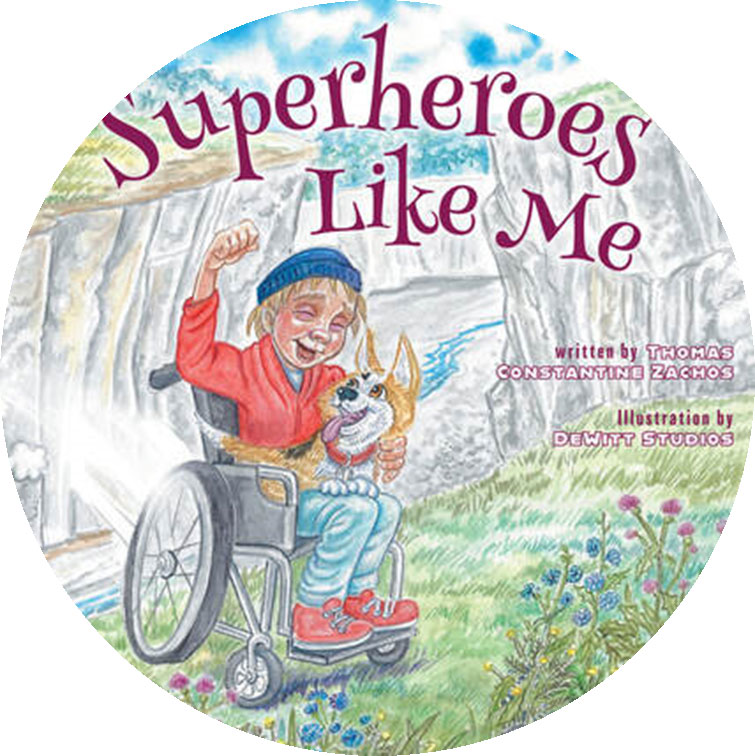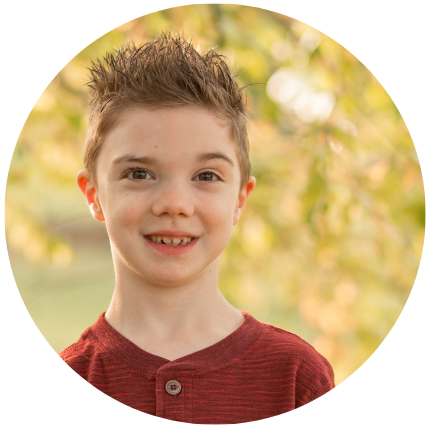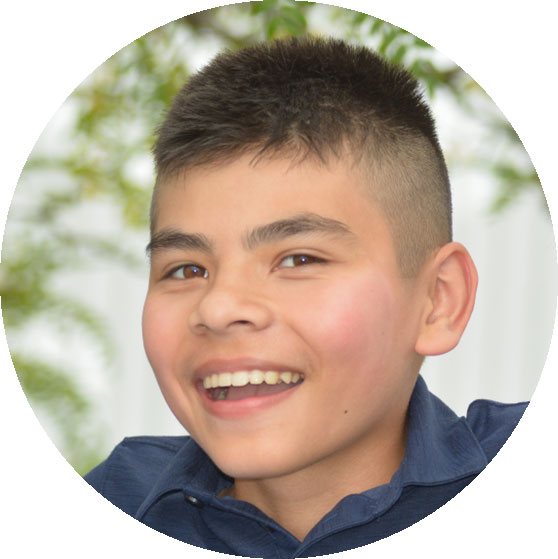Angela Tomasone

On a Sunday morning in early December 2021, the pregnancy test read positive. I went into our bedroom, and my husband, Michael and our dog, Timmy, started jumping in the bed out of excitement when I shared the news. I was blessed to have an easy pregnancy—she treated me so well.
Michael and I spent the months leading up to August guessing what the gender would be, researching baby items, rearranging furniture, picturing how our lives would change, and imagining life with a baby. On July 31st, 2022, we got the call that we needed to head to the hospital, and I needed to be induced. Two weeks ahead of our due date, Genevieve knew we needed more time with her.
With music playing and labouring through the night, our baby arrived at 7:43 am on August 1st, 2022, to which Michael announced, “It’s a girl!” We named her Genevieve, a name we had agreed upon since before we were married, meaning “of the race of women” and “guardian goddess.”
Genevieve was the sweetest newborn baby, with a full head of hair and long eyelashes. Her eyes at birth and onward were always wide open, always so intrigued by the world around her. She quickly grew and changed, and her big expressive eyes would make for the best faces. She loved to be held by mommy, in a position where she could look at her daddy, who was undoubtedly herfavourite person in the world. Part of him may have hoped for a boy during pregnancy, but Genevieve had her daddy wrapped around his finger in no time. We were blessed to celebrate Thanksgiving, Halloween, Christmas, and Valentine’s Day with Genevieve. The turkey was bigger than her, Genevieve had and we were especially grateful.
Mommy made her Halloween costume an arts and crafts project—spaghetti and meatballs will never be the same. This Christmas was magical, decorating the tree with new ornaments for her, reading her the Christmas story, photos with Santa, all her Christmas outfits, and sharing the joy with our families and friends.


 On January 1st, Genevieve saw a New Year, and a few days later, she went on her first plane ride to Florida! There, we began to experience bottle refusal and some other signs that were concerning, such as vomiting and her overall muscle tone becoming weaker.
On January 1st, Genevieve saw a New Year, and a few days later, she went on her first plane ride to Florida! There, we began to experience bottle refusal and some other signs that were concerning, such as vomiting and her overall muscle tone becoming weaker.


 Ever since she can remember, Alyson Maxwell has experienced chronic pain and near- constant headaches. Growing up in the ‘70s and ‘80s, Alyson knew she wasn’t quite like the other kids. “I used to randomly fall down the stairs – my legs would just give out,” she says. “I often tripped and my coordination was horrible. I’d play really hard with the other kids one day and then the next day I’d hang out on the couch with a book or play quietly by myself. I think that I knew, subconsciously, that I had to recharge my body.”
Ever since she can remember, Alyson Maxwell has experienced chronic pain and near- constant headaches. Growing up in the ‘70s and ‘80s, Alyson knew she wasn’t quite like the other kids. “I used to randomly fall down the stairs – my legs would just give out,” she says. “I often tripped and my coordination was horrible. I’d play really hard with the other kids one day and then the next day I’d hang out on the couch with a book or play quietly by myself. I think that I knew, subconsciously, that I had to recharge my body.”
 Play is work for kids and Aiden and Landon have found the perfect workspace. They love playing in a bouncy castle that remained in the family basement after a birthday party! It helps Aiden move more and more independently. It’s also fun, soft, safe,surrounded by walls, and offers unintentional benefits like building core and grip strength.
Play is work for kids and Aiden and Landon have found the perfect workspace. They love playing in a bouncy castle that remained in the family basement after a birthday party! It helps Aiden move more and more independently. It’s also fun, soft, safe,surrounded by walls, and offers unintentional benefits like building core and grip strength.
 As a teenager, Zach felt he and his family were living in some strange sort of limbo. His brother also developed chronic fatigue. They knew that what they were experiencing wasn’t normal but there was no infrastructure in place to put them on the radar. Zach tried constantly to advocate for his family but was unsuccessful at getting them the care and support they needed.
As a teenager, Zach felt he and his family were living in some strange sort of limbo. His brother also developed chronic fatigue. They knew that what they were experiencing wasn’t normal but there was no infrastructure in place to put them on the radar. Zach tried constantly to advocate for his family but was unsuccessful at getting them the care and support they needed.
 Thomas is one of those exceptional people we cannot forget. His strength, attitude and kindness are apparent and admirable. He’s brought all those qualities into, Superheroes Like Me, a beautiful story written by Thomas. He says he wrote it because he wants to change how people look at those with disabilities. He wants to ensure that everyone is seen for the person they are on the inside and for children to embrace the truth that everyone can use their unique strengths to be their own kind of Superhero.
Thomas is one of those exceptional people we cannot forget. His strength, attitude and kindness are apparent and admirable. He’s brought all those qualities into, Superheroes Like Me, a beautiful story written by Thomas. He says he wrote it because he wants to change how people look at those with disabilities. He wants to ensure that everyone is seen for the person they are on the inside and for children to embrace the truth that everyone can use their unique strengths to be their own kind of Superhero.
 When Walter didn’t pass an auditory test, the real search for answers began. “The first diagnosis we were given was cerebral palsy,” says Erin. “I remember being angry and feeling like we’d been brushed off after a very short consult. I was convinced the diagnosis was wrong. Although I did not believe my son had cerebral palsy,” adds Erin, “I did know that he needed help.”
When Walter didn’t pass an auditory test, the real search for answers began. “The first diagnosis we were given was cerebral palsy,” says Erin. “I remember being angry and feeling like we’d been brushed off after a very short consult. I was convinced the diagnosis was wrong. Although I did not believe my son had cerebral palsy,” adds Erin, “I did know that he needed help.” Life is good but not easy for Walter, who is now eight years old. He has braces to help him walk and sometimes needs to use a walker. He struggles with fine motor skills and lacks muscle control in his mouth, so he speaks slowly. And, when Walter gets sick with common colds or ailments, it takes him much longer to recover.
Life is good but not easy for Walter, who is now eight years old. He has braces to help him walk and sometimes needs to use a walker. He struggles with fine motor skills and lacks muscle control in his mouth, so he speaks slowly. And, when Walter gets sick with common colds or ailments, it takes him much longer to recover.

 Ethan was only three when weekly visits from EMS were normal at the Pruchnicki home. Even at that early age, Cole’s older brother was watching, helping, and advocating for Cole. He would move the shoes out of the hallway to ensure there was a clear access path and unlock the front door.
Ethan was only three when weekly visits from EMS were normal at the Pruchnicki home. Even at that early age, Cole’s older brother was watching, helping, and advocating for Cole. He would move the shoes out of the hallway to ensure there was a clear access path and unlock the front door.

